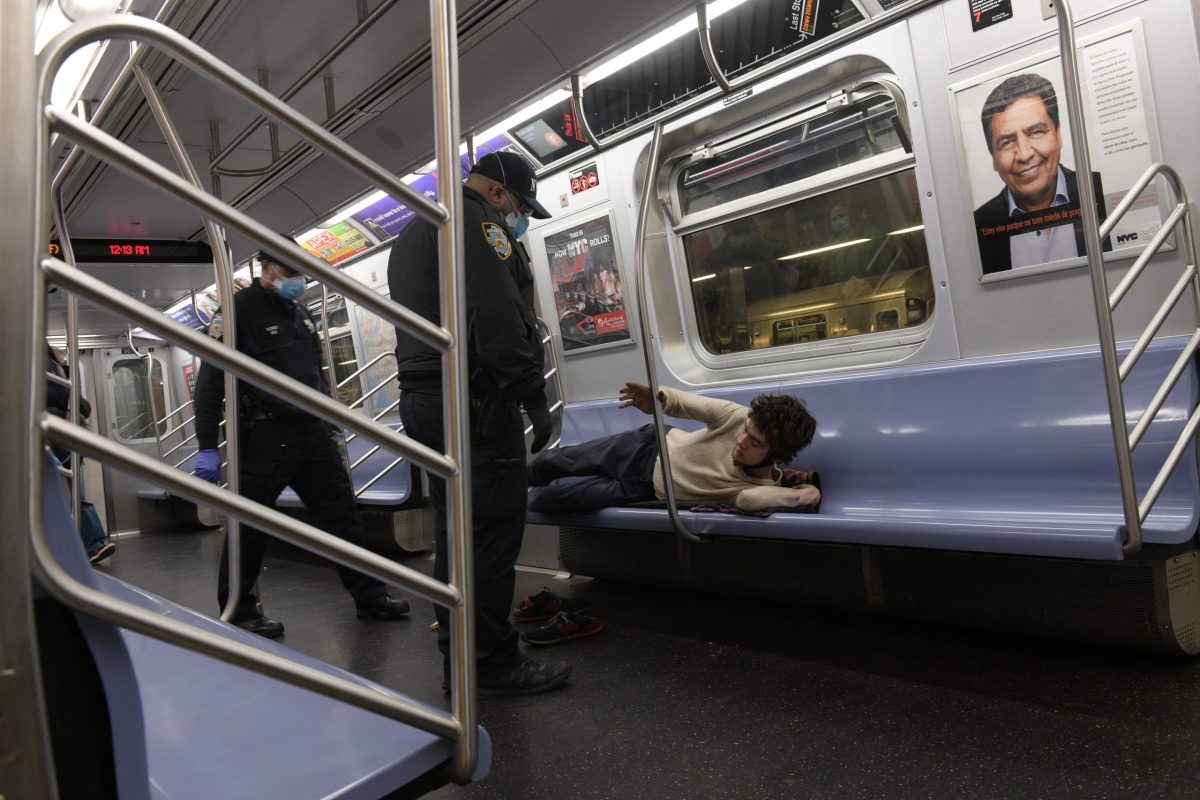In a recent survey, New York City’s government found that in January 2020 there was a 7% spike in people living on the streets over the year prior.
Even with such an increase, advocates are calling this year’s HOPE survey an undercount, not to mention a piece of research that did not include how the pandemic effected homelessness, as well as a damning take on the now-defunct Subway Diversion Program.
“The 2020 HOPE Survey confirms that by January of this year, we were beginning to see some preliminarily encouraging results from our intensified subway efforts, while on the streets we know there is more work to do,” city Department of Social Services Commissioner Steven Banks said. “We’re confident that the array of new transitional and permanent housing tools and expanded efforts announced right before we conducted this year’s survey will help us take this progress further, with new outreach staff and new specialized beds coming online over the past several months since and helping hundreds of additional New Yorkers transition off the streets.
According to Coalition for the Homeless’s Policy Director Giselle Routhier, the 23% fewer people reflected in the survey as living on the subway did not mean the city had been taking long-term measures to prevent those people from ending up back on the street. The only way to bring people in from experiencing homelessness is to affordable and supportive housing as well as safer shelters.
“The flawed methodology of the HOPE estimate means it is certainly an undercount – there are many more homeless New Yorkers who are not reflected in this point-in-time count. Even so, the latest HOPE numbers provide further evidence that Mayor de Blasio’s push to forcibly remove homeless New Yorkers from the subways via the recently disbanded Subway Diversion Program has simply led to an increase in the number of individuals sleeping rough on the streets,” Routhier said. “But it is even worse than harassing homeless New Yorkers out of one public space to another: Mayor de Blasio has closed off opportunities for people who have absolutely nowhere else to turn and significantly eroded any progress that outreach workers might have been making in building trust.”
But with the Subway Diversion Program being dissolved, another force has taken over during the pandemic; in May, the MTA with help from NYPD began shutting down subways between 1 and 5 a.m. in order to scrub the subways and stations clean of COVID-19 and to force homeless men and women out of the system, but not without being offered shelter services.
“Since we launched the most comprehensive outreach program in the country four years ago, we have helped more than 2,800 New Yorkers off the streets,” Mayor Bill de Blasio said in a statement. “We will continue to do everything we can to take this progress further and help every last person experiencing long-term homelessness find their path home.”
The HOPE Survey’s history goes back to 2005 and the city claims the latest figure is representative of what HOME-STAT outreach teams are seeing throughout the five boroughs.



































